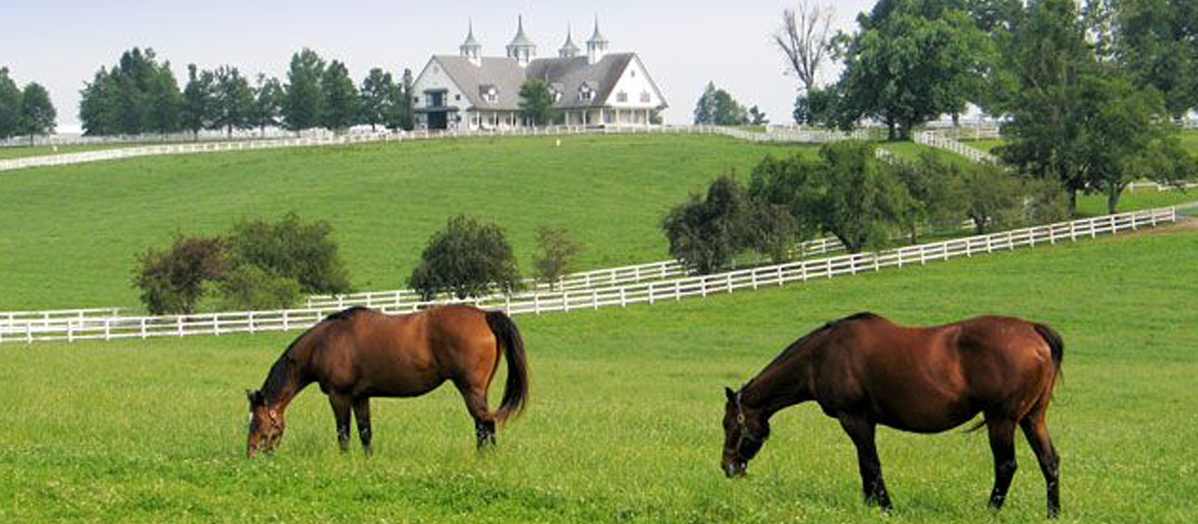365
Days in Horse Country – The Irish Draft

Irish farm horses of the nineteenth century filled multiple
roles, from tilling the fields, to pulling carts to fox hunting on the
weekends. That called for a
lighter-weight animal than the traditional draft horse, but it was still
substantial, making it popular today for its breeding qualities. Irish Draught mares produce excellent hunters
when mated with Thoroughbreds, and Irish Draught stallions mated to
lighter-weight mares bequeath extra bone and substance to their foals.
The docile but strong Irish Draught dates to the nineteenth century. Despite being economical to keep, living handily in winter on boiled turnips and bran, or meal of that could be spared from the cows, it was fortunate to survive the poverty and famine that plagued Ireland during that time.
Breeders often couldn’t afford to register their horses, and thousands of the horses went to slaughterhouses when it became too expensive to keep them. Breed enthusiasts, working with the Irish Horse Board, labored to start a new stud book and save the breed from extinction.
In appearance, the Irish Draught has a big, kind eye and a proud bearing, carrying its head and neck gracefully. It is powerful but not ponderous, and moves freely. Stallions stand 15.3 to 16.3 hands, mares 15.1 to 16.1 hands. The Irish Draught may be any whole colour, including gray.
The Irish Draught is a versatile mount for riders of all ages. Its jumping ability, soundness, and stamina make it capable of participating in various levels of jumping, eventing, dressage, hunting, and driving.
Michael







